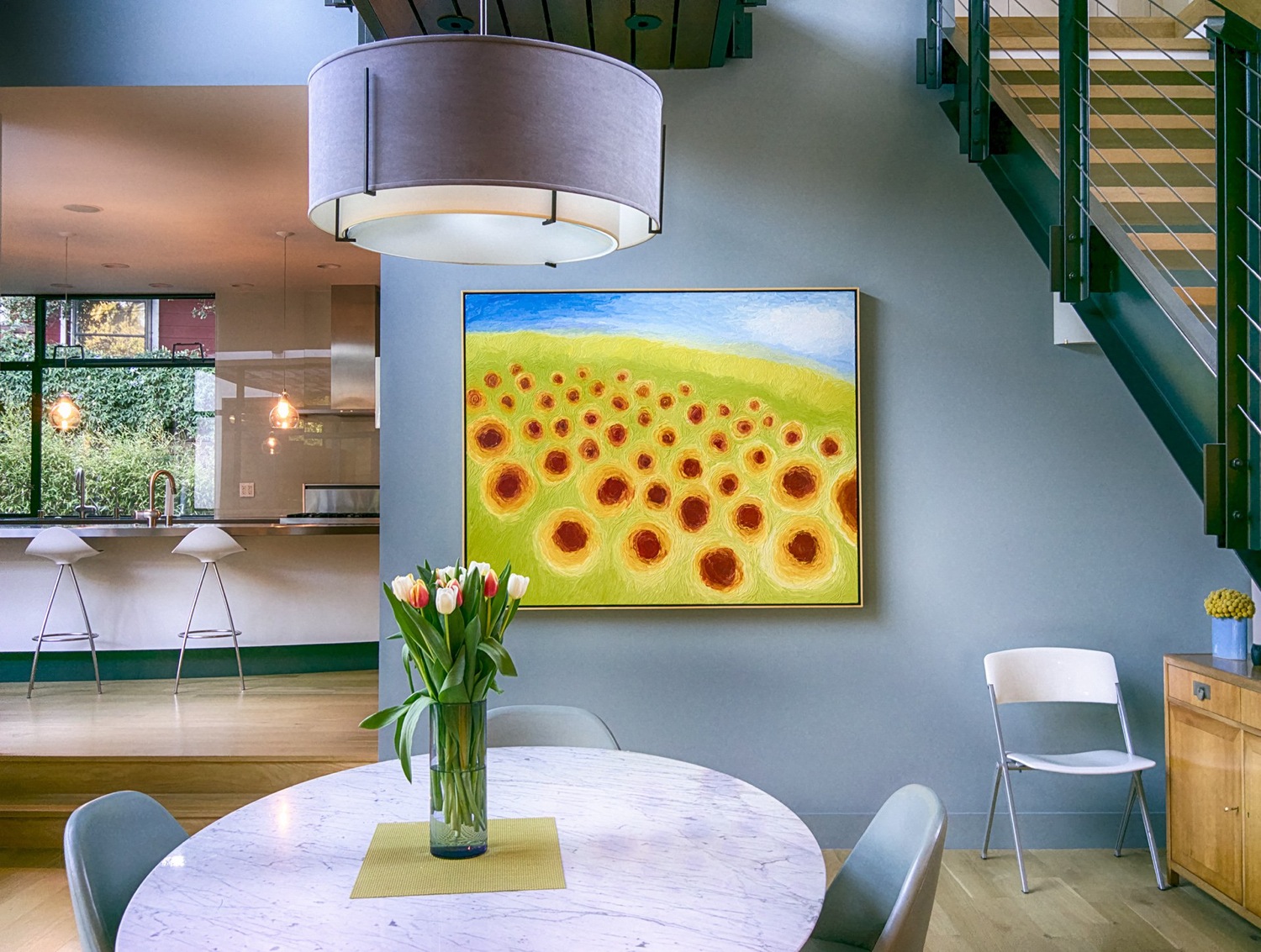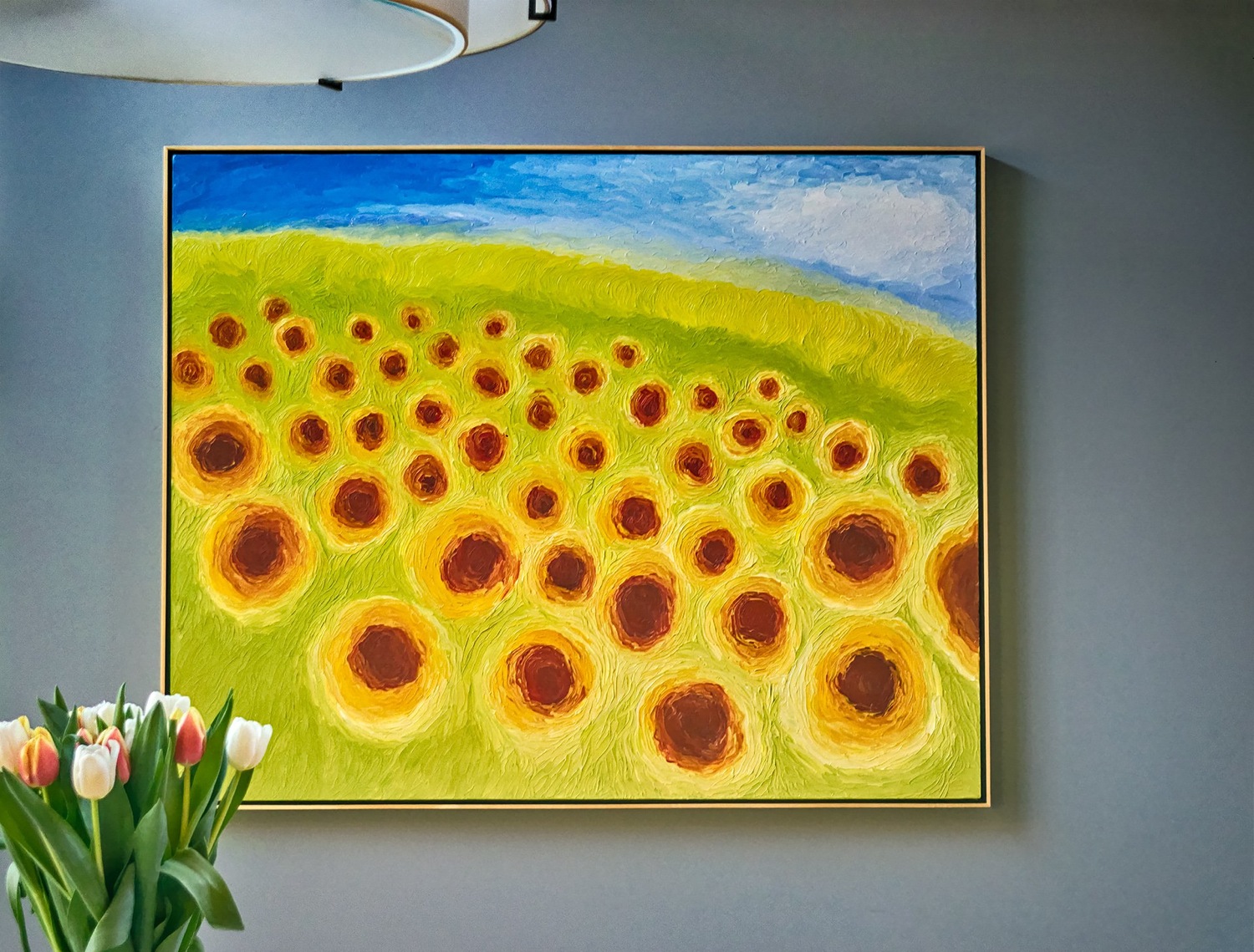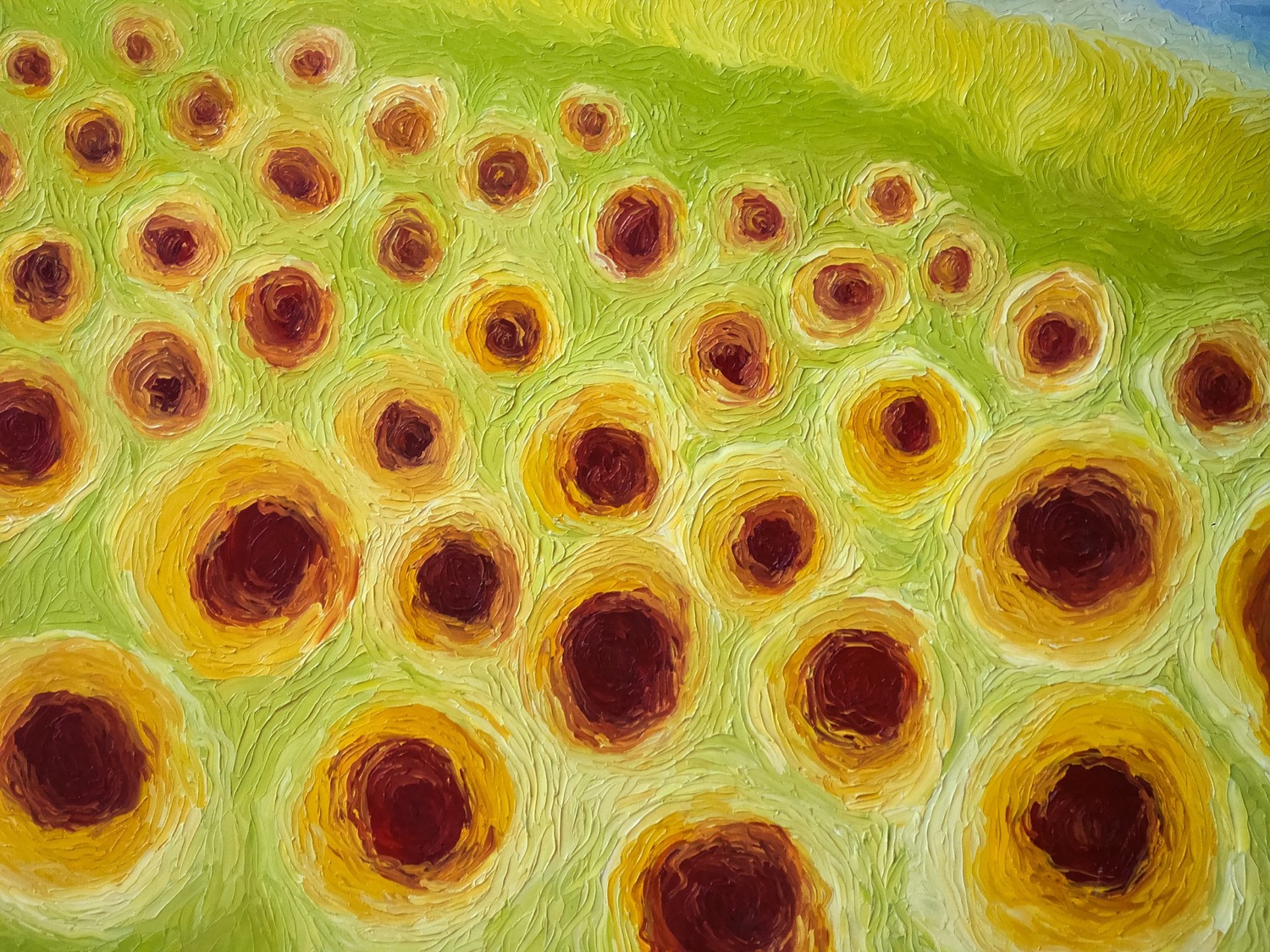The long-awaited Light L16 Camera is finally closer to delivery – maybe. Light revealed that it has locked down a distribution center for the revolutionary camera. The company said shipments of its sold-out $1,699 compact “computational” camera could be underway this summer.
When asked about shipping date and product development specifics, Bradley Lautenbach, senior vice president of marketing and product design at Light, did not reveal details.

“We share regular updates on our blog,” Lautenbach told Digital Trends. “We’ll continue updating there, and the pace of those updates will accelerate as we get closer to shipping.”
The company has no overt plans to reopen orders for the L16 until the initial batch has hatched, according to Lautenbach. After Light opened L16 pre-orders, the company faced the challenge of keeping up with an unexpectedly high demand.
“We were humbled,” Lautenbach said. “Honestly, it was a great problem to have, but ultimately we made the difficult decision to close pre-orders in January 2016 to direct our focus solely on product development. We want to deliver the best possible camera to our community and we understand that as a startup, it’s important to keep our eyes on the prize.”
The basic concept behind the L16, which was announced in October 2015, is to offer the power of the DSLR with the ease of a smartphone.
Here’s how Light describes the camera: “With 16 individual cameras, 10 of them firing simultaneously, the L16 captures the detail of your shot at multiple fixed focal lengths. Then the images are computationally fused to create an incredible high-quality final image with up to 52-megapixel resolution.”
A highlight feature is post-shot modification to an image’s depth of field.
“The L16 captures up to ten images at a time for each press of the shutter. Using the data and depth maps created from each optimized lens and sensor, the area and range of focus can be selected to allow shallow depth-of-field with strong bokeh for portraits or greater depth of field for detailed landscapes and nature shots. For the first time, shutter speed and aperture have been decoupled from the shot,” according to Photoshelter.
Co-founder and CTO of Light Rajiv Laroia told Tech Insider that focus and exposure can also be altered after shots are taken with the L16.
For all the skeptics out there, the L16 exists, or at least a sample version does. To prove it, Light shared photographer Josh Anon’s photoblog. Anon – who is also on the Light creative advisory board – shot photos in Svalbard, Norway, with what Light calls the P1 (Prototype 1).

But Tech Insider makes a good point: No journalist has been known to test the L16. Or at least none that we are publicly aware of.
Light’s Lautenbach even boasted to Tech Insider that in five to 10 years the major camera brands such as Nikon and Canon will cease to exist, implying they’ll be obsolete.
If Light’s shipping time frame for the L16 is accurate, consumers will be the one to ask this summer about the “computational” camera technology takeover. Until then, it’s more waiting time.





